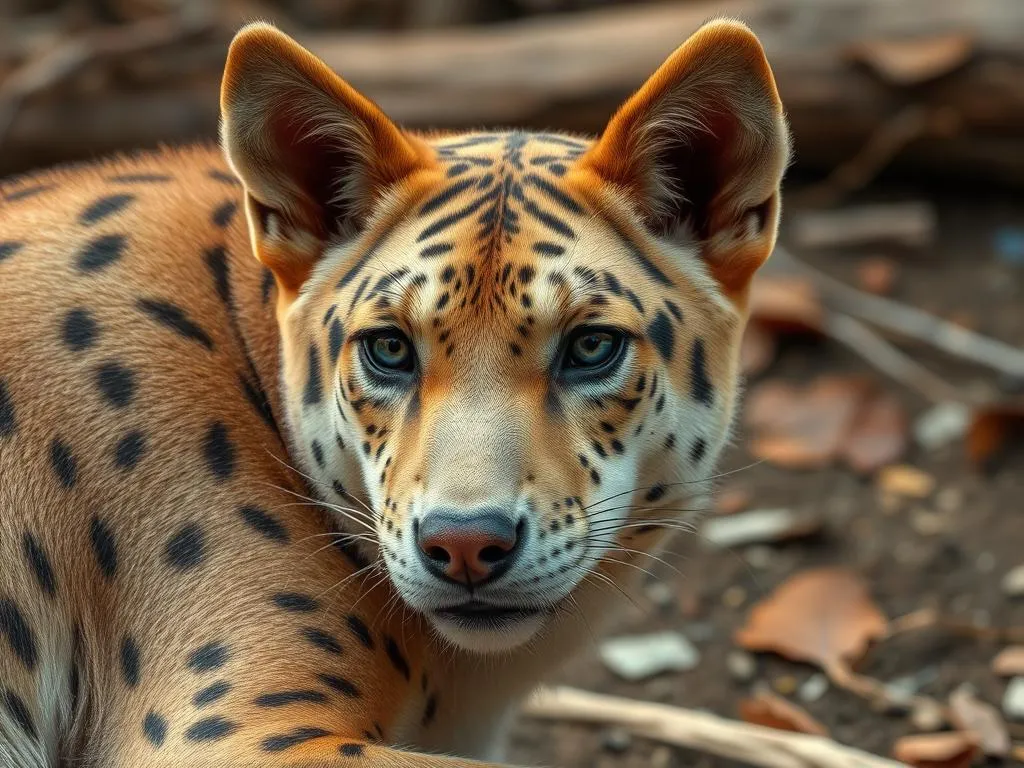
Introduction
Definition of Sploot
Sploot is a term that describes a specific posture many pets adopt, particularly canines and felines. When an animal sploots, it stretches its hind legs behind it while lying on its belly, often resembling a relaxed and playful position. This unique posture not only looks adorable but also reveals a lot about an animal’s comfort and behavior.
The word “sploot” is believed to have originated from the playful combination of “splay” and “boot,” which aptly describes the way pets extend their legs. This term has gained popularity in pet communities, particularly on social media, where images of adorable splooting pets circulate widely.
Importance of Understanding Sploot
Understanding what is a sploot is essential for pet owners. Recognizing this behavior can provide insights into your pet’s mood and overall well-being. By being aware of your pet’s behavior, you can foster a healthier and happier environment for them. This article aims to explore the concept of splooting, the science behind it, its benefits, and how to encourage this adorable behavior in your pets.
The Concept of Splooting
What is Splooting?
Splooting is characterized by a specific posture where the pet lies flat on its belly with its legs extended straight behind it. This position often occurs when pets are relaxed, playful, or looking to cool down. Many pet owners find this position endearing as it highlights the playful and carefree nature of their furry companions.
While splooting is most commonly associated with dogs and cats, the behavior can also be seen in other animals, such as rabbits and some rodents. Each breed may exhibit this behavior differently, with some breeds known for their propensity to sploot more than others.
Common Animals that Sploot
Here’s a brief overview of common pets that exhibit splooting behavior:
- Dogs: Breeds like Corgis, Pugs, and Dachshunds are often seen splooting, thanks to their unique body shapes and relaxed demeanor.
- Cats: Felines of all shapes and sizes can sploot, especially when they feel comfortable in their environment.
- Rabbits: These creatures often sploot to cool off, showcasing their playful and relaxed personalities.
- Ferrets: Known for their playful nature, ferrets also take on the sploot position during their playtime.
The Science Behind Splooting
Anatomy of Splooting
The physical mechanics of splooting involve the animal stretching its hind legs out behind its body while keeping its belly on the ground. This position encourages a natural alignment of the spine and can help alleviate tension in the hips and lower back. For pets, this posture is particularly beneficial after periods of play or exercise, allowing them to stretch and relax.
Behavioral Reasons for Splooting
Understanding the behavioral reasons behind splooting can deepen your appreciation for your pet’s actions:
-
Comfort and Relaxation: When pets sploot, it often indicates they feel safe and comfortable in their environment. This behavior can be a sign that your pet trusts you and is in a relaxed state.
-
Stretching and Muscle Relief: Just like humans, pets need to stretch. Splooting allows them to stretch their muscles and joints, which can be particularly beneficial after a long nap or play session.
-
Playfulness and Social Interaction: Splooting can also be a form of playful behavior. Pets may adopt this posture during playtime, inviting interaction from their owners or other pets.
Splooting vs. Other Postures
Comparison with Other Common Pet Positions
While splooting is distinct, it’s important to differentiate it from other common pet positions:
-
Sitting: When a pet sits, it typically has its legs tucked underneath its body, indicating alertness or readiness to engage.
-
Lying Down: This position shows relaxation but may not involve the same level of stretching as splooting.
Splooting is unique in that it combines relaxation with a playful stretch, signifying a content and secure pet.
What Splooting Indicates About Your Pet’s Mood
Observing your pet’s splooting behavior can provide valuable insights into their mood:
-
Comfort: A splooting pet is often relaxed and comfortable, indicating that they feel safe in their surroundings.
-
Playfulness: If your pet sploots during play, it’s a clear sign they’re enjoying themselves and are ready for fun.
-
Distress or Anxiety: Conversely, if a pet that usually sploots suddenly stops doing so, it may indicate discomfort or stress.
Benefits of Splooting for Pets
Physical Health Benefits
Splooting is not just an adorable behavior; it also offers several physical health benefits:
-
Stretching Muscles and Joints: This position allows pets to stretch their hind legs and lower back, which can help reduce stiffness and enhance flexibility.
-
Circulation Benefits: By stretching out, pets can improve blood circulation, which is vital for overall health.
Mental Health Benefits
The mental health advantages of splooting should not be overlooked:
-
Indication of a Relaxed State: A splooting pet is generally in a good mental space, indicating that they are comfortable in their environment.
-
Enhancing Emotional Bonding with Owners: Observing your pet sploot can strengthen the bond between pet and owner, as it often occurs during moments of affection and trust.
Encouraging Healthy Splooting Habits
Creating a Comfortable Environment
To encourage splooting, it’s essential to create a comfortable space for your pet:
-
Ideal Pet Spaces for Relaxation: Designate areas in your home where your pet can feel safe and comfortable. Soft bedding, blankets, and favorite toys can enhance their relaxation experience.
-
Importance of Safe, Soft Surfaces: Ensure that the surfaces where your pet spends time are soft and inviting, as this can encourage them to adopt a sploot position.
Recognizing and Supporting Splooting Behavior
Being attentive to your pet’s behavior can help promote splooting:
-
Observing Your Pet for Signs of Splooting: Pay close attention to your pet’s body language. If they frequently sploot, it’s a sign they are comfortable and relaxed.
-
Encouraging Splooting through Play and Relaxation Techniques: Engage in gentle play or provide quiet time for your pet to unwind, which can help them naturally adopt the sploot position.
Common Misconceptions About Splooting
Debunking Myths
There are several misconceptions surrounding splooting that need clarification:
-
Health Implications: Some people mistakenly believe that splooting could indicate health issues. However, for most pets, splooting is a normal and natural behavior that signifies comfort.
-
Splooting vs. Signs of Discomfort: While splooting is typically a positive sign, pet owners should remain observant. If a pet suddenly stops splooting or shows other signs of distress, it may warrant a vet visit.
Fun Facts About Splooting
Cultural References and Popularity
The popularity of splooting has soared, particularly on social media platforms:
-
Social Media Influence: Platforms like Instagram and TikTok have seen countless videos and images showcasing splooting pets, endearing them to audiences worldwide.
-
Notable Splooting Moments in Pop Culture: From viral videos to animal-themed memes, splooting has captured the hearts of many, becoming a symbol of pet cuteness.
Statistics and Anecdotes
Research indicates that splooting is a common behavior among various pet species:
-
Surveys on Splooting: Anecdotal evidence suggests that a significant number of pet owners have witnessed their pets splooting at some point, highlighting its prevalence.
-
Personal Anecdotes: Many pet owners share amusing stories about their pets’ splooting habits, contributing to the charm and humor surrounding this behavior.
Conclusion
Recap of the Significance of Splooting
In summary, understanding what is a sploot enriches our connection with our pets. This adorable behavior signifies comfort, playfulness, and relaxation, providing insights into their mood and well-being.
Final Thoughts
As a pet owner, observing and appreciating your pet’s splooting moments can enhance your relationship. Take the time to enjoy these quirky behaviors, and perhaps even share their splooting moments on social media to spread the joy!
FAQs
What if my pet doesn’t sploot?
Not all pets sploot, and that’s perfectly normal. Each pet has its unique ways of expressing comfort and relaxation. If your pet doesn’t sploot, look for other signs of contentment, such as playfulness or relaxation in different postures.
Is splooting a sign of a health issue?
Generally, splooting is not a sign of health issues. It typically indicates comfort and relaxation. However, if your pet shows signs of distress or suddenly stops splooting, consult a veterinarian.
Can all pets sploot?
While splooting is most commonly associated with dogs and cats, many pets can exhibit similar behaviors. It largely depends on the individual animal’s anatomy and comfort level.









